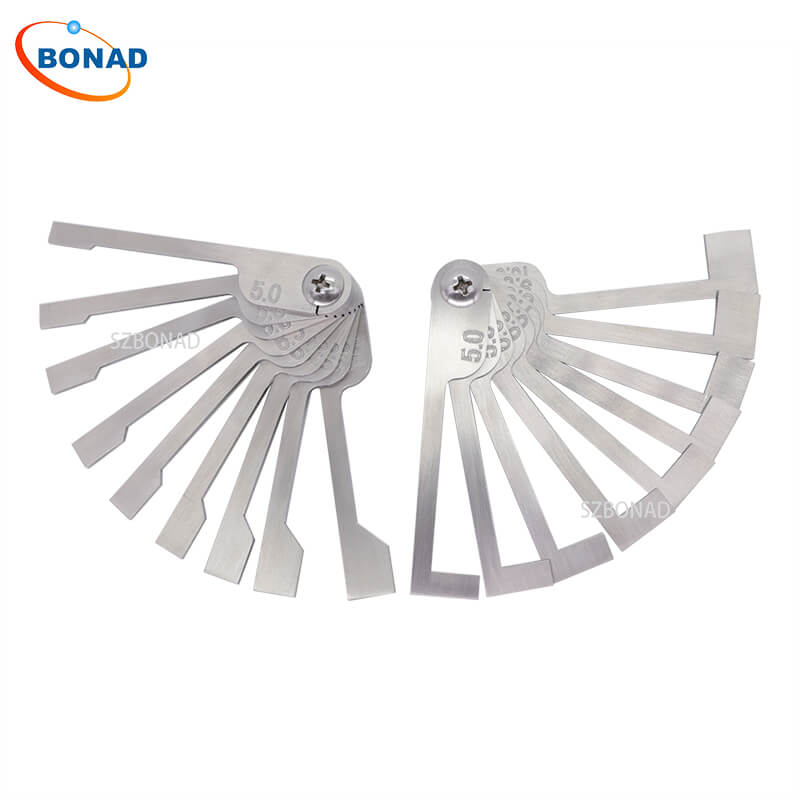Creepage distance is a fundamental concept in electrical engineering, vital for preventing leakage currents and dielectric breakdowns. It refers to the shortest path between two conductive components at different potentials, such as between two live parts or between a live part and an earth connection. This distance is essential for the safe operation of electrical devices, especially in high-voltage and high-frequency environments.
How Creepage Distance is Measured
Accurate measurement of creepage distance is critical for ensuring the safety and reliability of electrical equipment, particularly in high-voltage settings. A specialized instrument known as a creepage gauge or creepage meter is used for this purpose. This device consists of two conductive probes that can be adjusted to measure the breakdown voltage of specific equipment.
The measurement process involves tracing the shortest path along the surface between two conductive parts while keeping the surface clean and dry to ensure precision. Factors such as voltage stress, pollution levels, and insulation material types must also be considered when calculating creepage distance.

Practical Applications of Creepage Distance
Creepage distance is a key parameter in various electrical applications, including switchgear, transformers, motors, and other high-voltage equipment. It ensures proper insulation between live parts and earth connections or other conductive surfaces.
In printed circuit board (PCB) design, maintaining adequate creepage distance is crucial for ensuring electrical isolation between traces or conductive surfaces. Compliance with standards like IEC 60664, which outlines minimum creepage distances for different voltage ratings, is essential for safe PCB design.
Conclusion
Creepage distance is an indispensable aspect of electrical engineering that ensures the safe and reliable operation of electrical systems and equipment. It dictates the necessary level of electrical insulation between conductive components, particularly in high-voltage scenarios. Accurate measurement and adherence to industry standards are vital for guaranteeing the safety and longevity of electrical devices.


